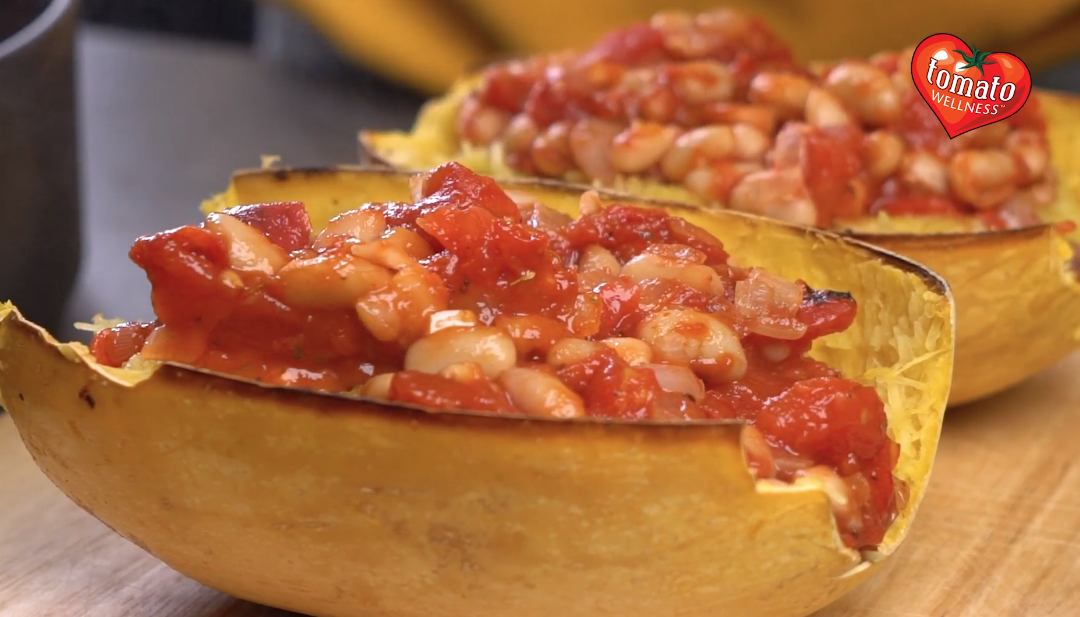
Tomato Basil Stuffed Spaghetti Squash
Transform the humble spaghetti squash into a culinary masterpiece with this recipe for Tomato Basil Stuffed Spaghetti Squash. This flavorful dish is great to serve on any night of the week (as you can whip it up in no time), yet it also packs a nutritional punch, thanks to the inclusion of canned tomatoes and tomato sauce.
Tomatoes are a rich source of essential nutrients, including vitamins A and C, potassium, and antioxidants like lycopene. Lycopene, in particular, has been linked to numerous health benefits, including reduced risk of heart disease and certain types of cancer. The canned tomatoes and tomato sauce used in this recipe contribute not only to the vibrant color and robust flavor but also to the nutritional value of the dish.
The succulent, roasted spaghetti squash also serves as the perfect canvas for a flavorful filling. So, what are you waiting for? Try out this recipe for Tomato Basil Stuffed Spaghetti Squash for a meal that will treat your taste buds and nourish your body. Learn how to make this recipe here.
Try the NEW Tomato Wellness cookbook!
Discover our array of diverse recipes, each designed to bring the warmth of traditional family dining to your table. These meals are not only simple to prepare but also budget-friendly, making them perfect for busy households. Tailored to please every palate, our recipes cater to both individual tastes and family-wide preferences. Developed by our multicultural culinary team, these dishes offer a celebration of global flavors, ensuring nutritious, easy-to-make, and affordable meals for you and your family.
Get this spaghetti squash recipe, and other budget-friendly meals, in our cookbook!
Tomato Basil Stuffed Spaghetti Squash
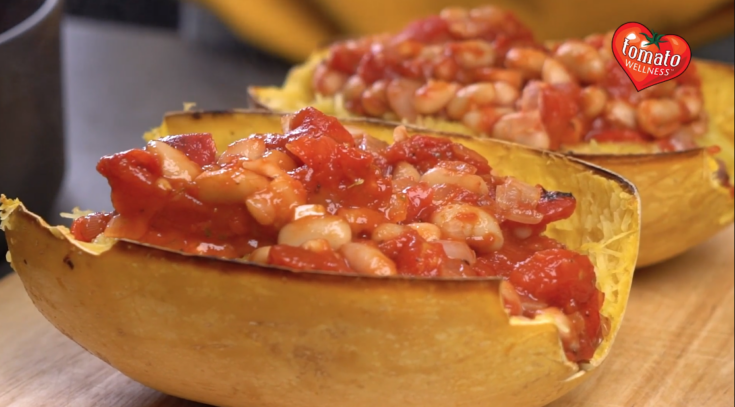
Transform the humble spaghetti squash into a culinary masterpiece with this recipe for Tomato Basil Stuffed Spaghetti Squash.
Ingredients
- 1 Medium Whole Spaghetti Squash
- 2 Tbsp. Olive Oil, Divided
- 1/8 Tsp. Kosher Salt
- Pinch Ground Black Pepper
- ½ Tsp. Garlic Powder
- ½ Medium Yellow Onion, Diced
- 2 Cloves Garlic, Minced
- ¼ Tsp. Dried Thyme
- ½ Tsp. Dried Oregano
- 1 (14.5 Oz) Can Diced Tomatoes, Preferably Fire-Roasted
- 1 (8 Oz) Can No-Salt-Added Tomato Sauce
- 1 (15.5 Oz) Can Cannellini Beans, Drained And Rinsed
- ¼ Cup Chopped Fresh Basil, For Serving
Instructions
- To prepare the squash, preheat your oven to 375° F. Use a sharp knife to trim the top and bottom of the squash off and slice the squash in half lengthwise. Scrape out the seeds with a spoon.
- Line a baking sheet with parchment paper or foil. Brush the inside of the squash with 1 Tbsp. olive oil and sprinkle with a pinch each of the salt and pepper. Place the squash, cut side down, on the baking sheet. Bake for 40 to 45 minutes, or until the squash skin is tender enough to pierce easily with a fork. Allow the squash to cool down enough to handle, and then use a fork to scrape out the flesh into a mixing bowl. Add the garlic powder and more salt and pepper to taste. Return spaghetti squash to hollowed out skin so that the skin becomes a bowl for the filling.
- While the squash roasts, make the sauce. Heat the remaining olive oil in a medium pot over medium heat. Add the onion and sauté for 5 to 7 minutes, stirring often, until the onion is soft and translucent. Add in the garlic and saute for another 2 minutes, adding a splash of water if the onions are sticking. Add the thyme, oregano, the remaining ⅛ teaspoon salt, pepper to taste, tomatoes, tomato sauce and beans to the pot and stir them well. Bring the mixture to a boil and reduce to a simmer. Simmer for 10 minutes, uncovered, or until the sauce has thickened. Taste sauce and adjust seasonings as desired.
- Top spaghetti squash with sauce and sprinkle with chopped basil. Enjoy!
Notes
- This tomato and bean sauce is not only delicious with spaghetti squash, it’s also excellent served over a baked potato, rice or pasta.
- Recipe approved by Ellie Krieger, Culinary Nutritionist (RD) for Tomato Wellness.com
Nutrition Information:
Serving Size:
2 servingsAmount Per Serving: Calories: 440Total Fat: 19 gSaturated Fat: 2.5 gSodium: 730mgCarbohydrates: 61gFiber: 15gSugar: 23gProtein: 13g

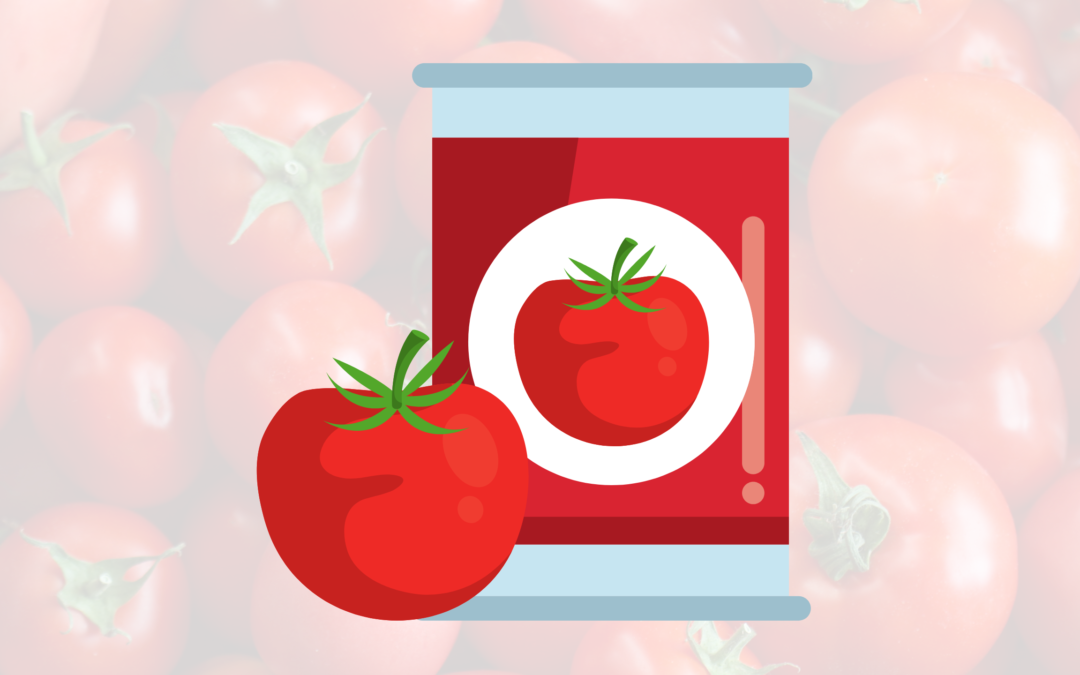
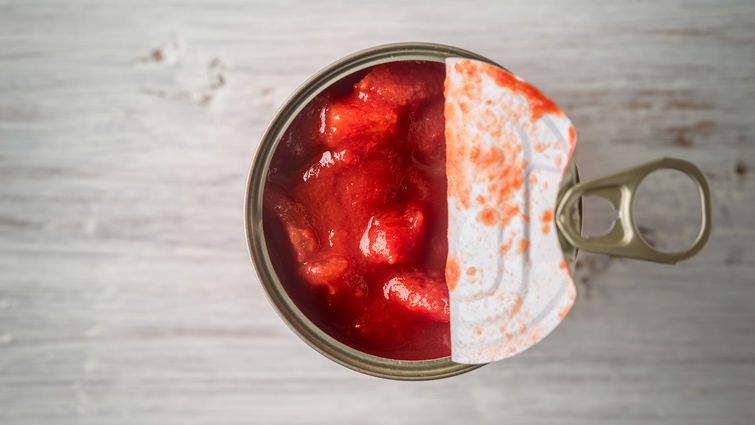
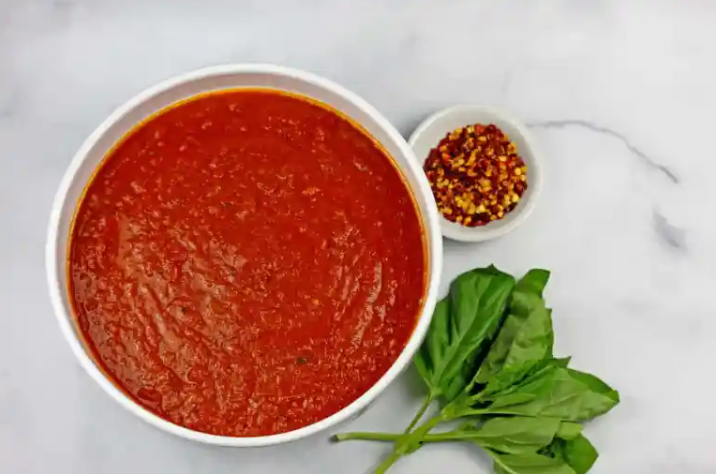
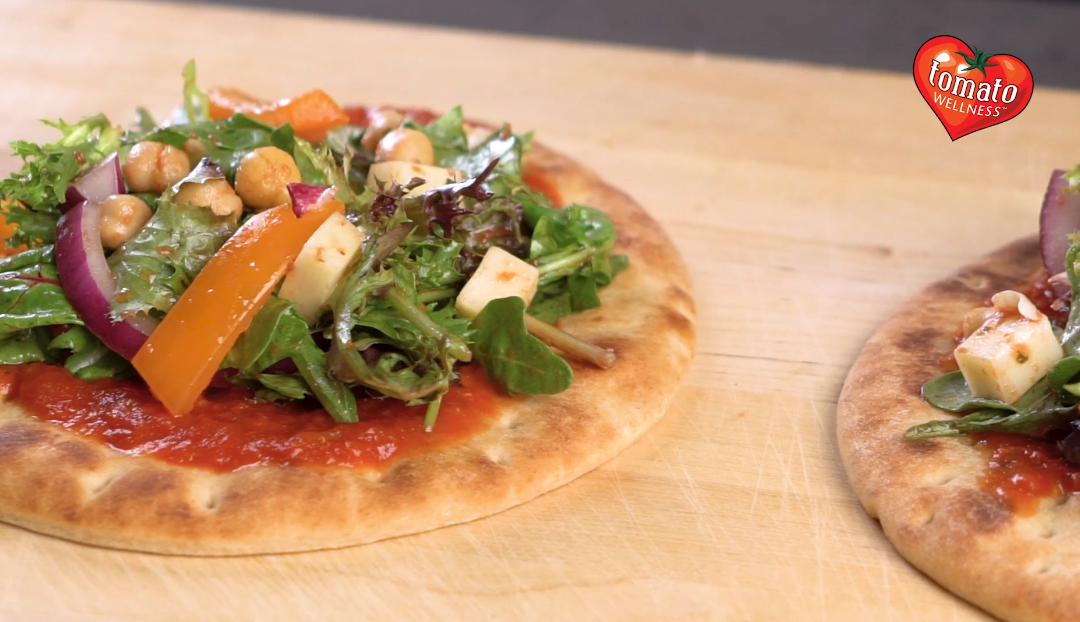
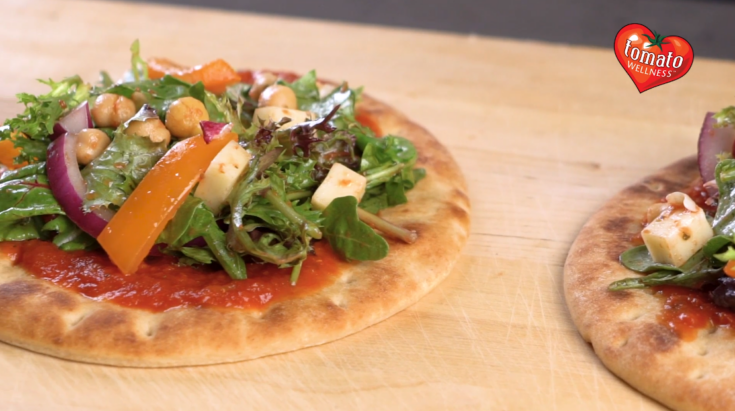
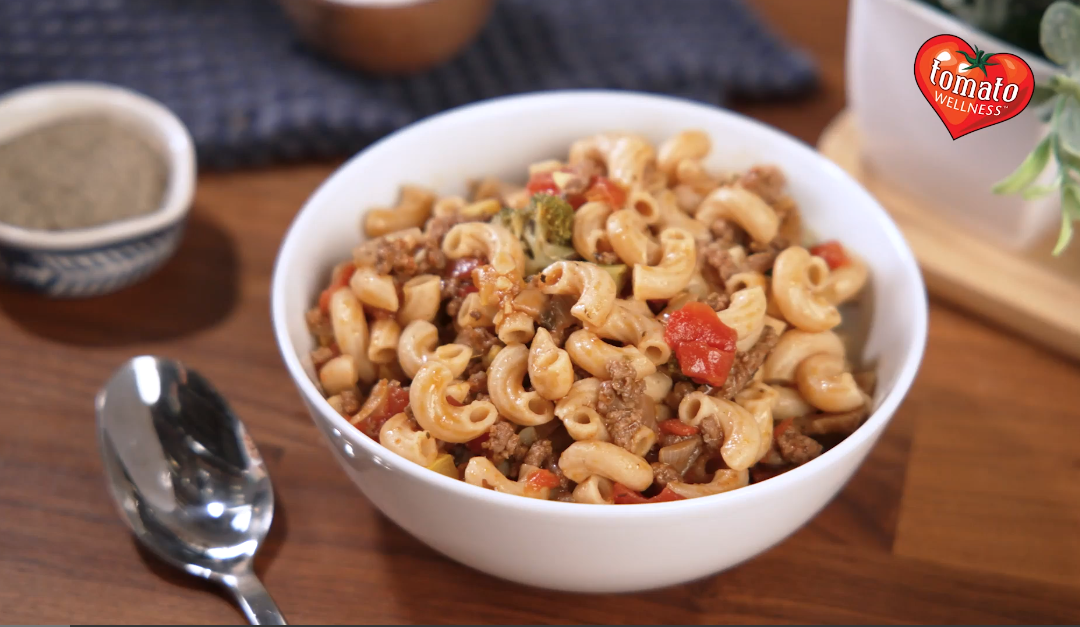
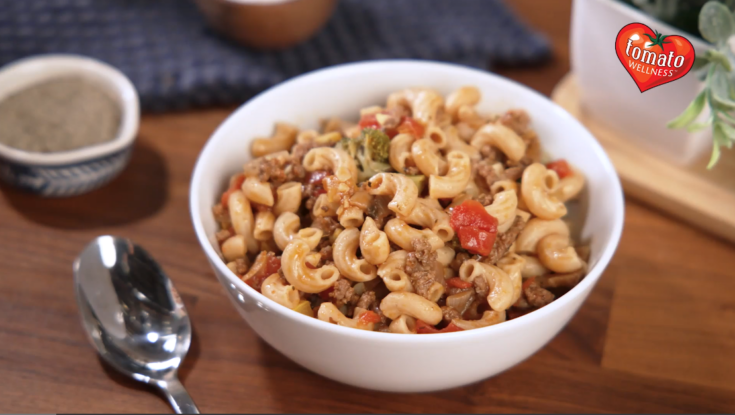
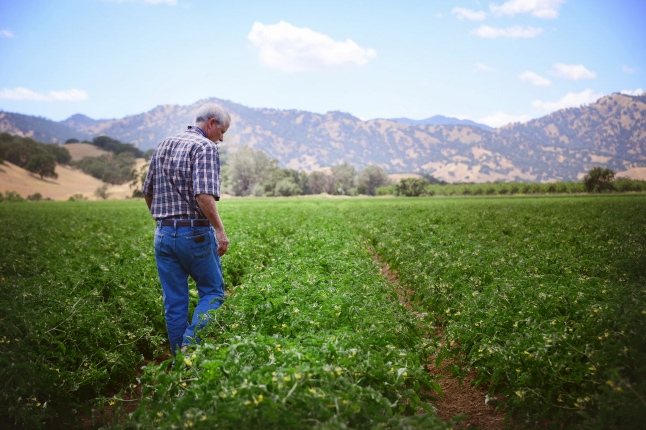
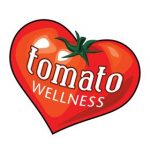
Recent Comments